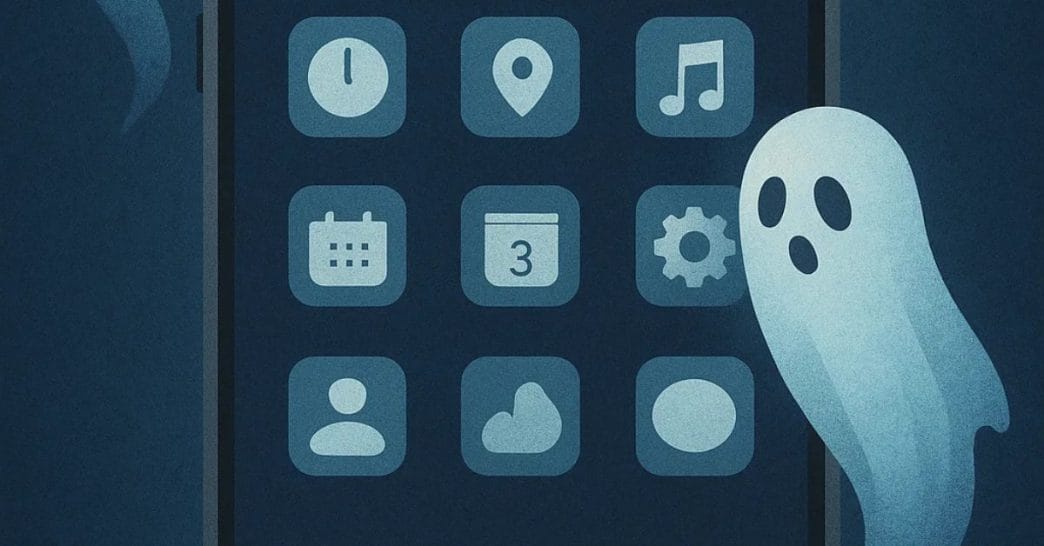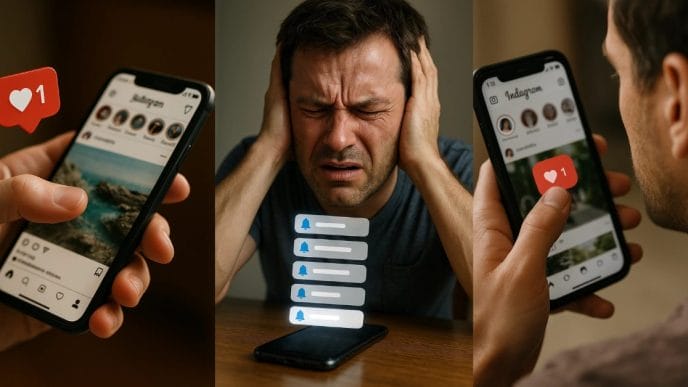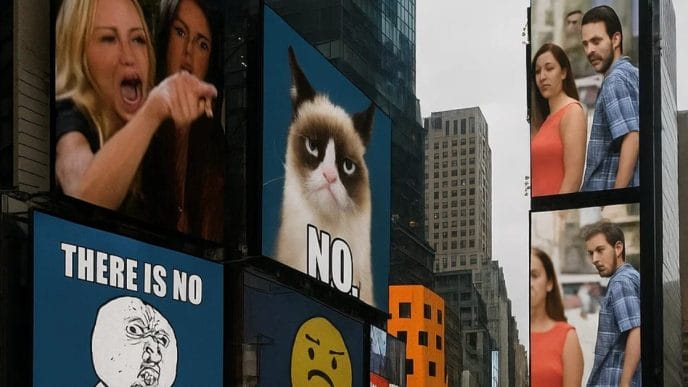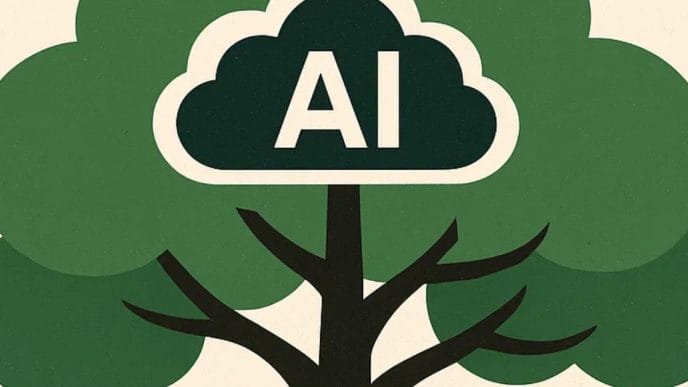Take a moment. Scroll through your phone. Count the apps you have not opened in months. The number will probably surprise you. Each forgotten icon represents a moment of intention — a language you wanted to learn, a habit you planned to build, or a fleeting trend you wanted to try. Collectively, these apps form a hidden record of our digital lives. For those in tech, they are more than curiosities. They reveal how people behave, what motivates them, and why even the most downloaded products struggle to hold attention.
The Hidden Cost of Digital Hoarding
Most of us keep apps long after they stop serving us. We tell ourselves we might need them someday, and that thought is enough to justify their presence. In tech circles, this habit has extra layers because phones double as testing grounds and research tools.
- Curiosity drives clutter. Developers and designers often download competitors’ products to study their design or features, only to forget about them weeks later.
- Experiments pile up. Product managers install multiple apps for beta testing or side projects, leading to screens crowded with abandoned prototypes.
- Clutter chips at focus. Every extra icon forces the brain to filter out noise, adding subtle mental friction to daily use.
- Infinite storage removes urgency. Because modern phones rarely fill up, there is little incentive to declutter, and unused apps quietly accumulate.
For product strategists, this behavior is more than personal untidiness. It signals an opportunity: how can apps gracefully step aside when their value is fulfilled, and how can platforms nudge users toward clean-ups without adding guilt or friction?
App Graveyards and What They Reveal
Every phone hides an app graveyard — a quiet corner where abandoned downloads gather dust. These graveyards are rarely random. They follow seasonal and cultural patterns that tell us a lot about human behavior.
- Resolution apps flood in January. Fitness trackers, calorie counters, and workout plans see massive spikes at the start of the year, then vanish from daily life by February.
- Aspirational tools fade fast. Meditation apps, language lessons, and productivity trackers represent the people we want to become rather than who we actually are.
- Single‑use utilities linger unnoticed. QR scanners, travel check‑in tools, and event countdown apps fulfill a purpose once, then stay hidden on page five of the home screen.
- Trend-driven spikes collapse quickly. Viral camera filters, celebrity‑endorsed tools, and social fads rise overnight and vanish just as fast.
- Seasonal bursts mirror culture. Shopping apps peak during festival sales; meditation surges follow stressful news cycles; language apps trend after popular foreign shows.
For growth teams and retention strategists, mapping these graveyards reveals not just which apps people abandon, but why. The patterns highlight moments of high aspiration, friction in habit formation, and opportunities to create features that sustain engagement beyond initial excitement.
Aspirational Selves Versus Actual Selves
Unused apps are quiet reminders of a truth we rarely say aloud: the gap between who we want to be and what our routines allow. Tech teams see this play out in app analytics every day — high downloads at launch, sharp drop‑offs in weekly active use.
- Ambitions clash with daily life. A language app downloaded after a holiday trip rarely survives the return to busy routines.
- Quick‑fix promises disappoint. Products that imply instant transformation lose users when results require sustained effort.
- Time is constantly misjudged. People think they can add ten‑minute habits daily, but attention is finite and interruptions win.
- Overconfidence magnifies drop‑off. Tech‑savvy users, who juggle many tools, overestimate their capacity to integrate new ones.
For designers and product managers, bridging this gap means building for reality, not fantasy. Apps that reward small wins, integrate smoothly into existing workflows, and evolve with changing routines stand a better chance of surviving past the honeymoon phase.
The Emotional Weight of Digital Potential
Deleting an unused app rarely feels neutral. It feels like closing a door on a version of yourself you once imagined. Maybe you thought you would become a runner. Maybe you promised to meditate every morning. The app remains because it keeps that possibility alive.
- Nostalgia keeps things installed. Apps remind us of personal milestones — a workout streak during college, a game shared with friends.
- Hope of return prevents deletion. Even after months of inactivity, we tell ourselves we might come back “someday.”
- Fear of losing progress lingers. Users hesitate because uninstalling feels like erasing achievements or paid content.
- Symbolic value matters. Some apps embody personal goals. Keeping them feels like keeping a book you still intend to read.
For UX teams, understanding this emotional connection can inspire better offboarding flows and re‑engagement strategies — ones that respect user aspirations rather than shame them for inactivity.
The Hidden Risks of Carrying Digital Ghosts
Unused apps seem harmless, but they carry invisible costs. They drain resources, create vulnerabilities, and clutter user experience in ways most people never notice.
- Battery drain in the background. Many apps continue syncing data and running processes even when unopened.
- Security gaps emerge quickly. Abandoned apps miss critical updates, leaving devices exposed to exploits and outdated permissions.
- Privacy risks multiply. Forgotten tools may still collect location or personal data long after they are actively used.
- Cognitive load slows navigation. Cluttered screens force users to scan past irrelevant icons to find what matters.
- Performance issues creep in. Over time, backups and indexing slow as unused apps pile up.
For cybersecurity and product teams, these risks call for proactive solutions: automatic archiving, permission expiry, and clear dashboards that help users manage their digital ecosystem without micromanaging every app.
Why “Just in Case” Thinking Persists
Humans are wired to hold on. We fear regret more than we value efficiency, and that instinct spills into our digital habits. This is why people keep apps they have not opened for months — the “just in case” factor is powerful.
- Loss aversion dominates choices. The possibility of future need outweighs the benefit of decluttering.
- Status quo bias keeps things stagnant. Doing nothing feels easier than making decisions about what to delete.
- Preparedness feels comforting. Retaining unused apps gives a false sense of readiness for hypothetical scenarios.
- Abundant storage encourages excess. With phones offering hundreds of gigabytes, there is little pressure to act.
For behavioral scientists and product teams, acknowledging these biases creates opportunities for gentle nudges — usage summaries, reversible archiving, and soft prompts that make decluttering feel safe rather than risky.
Toward a Curated Digital Space
A curated phone is more than tidy. It changes how people use technology. For users, decluttering reduces decision fatigue and restores focus. For developers, it separates passing interest from genuine loyalty.
- Quarterly usage reviews can help users spot forgotten apps and remove dead weight.
- Soft archiving options ease fear of deletion by letting users hide apps instead of losing them entirely.
- Clear usage dashboards show which apps earn daily engagement versus those that sit idle.
- Honest onboarding — free of exaggerated promises — prevents disillusionment and drop‑off later.
- Minimalist design encourages focus, positioning remaining apps as core tools rather than background noise.
For product leaders, enabling this kind of curation is not about fewer downloads. It is about building trust and ensuring the apps that survive decluttering are the ones that truly matter.
Look closely at those forgotten icons. They are not just clutter. They are artifacts. Each one reflects a past version of you — the goals you set, the trends you followed, the moments you thought technology might help you change your life.
For the tech industry, these silent museums are rich with insight. They show that aspiration fuels downloads, friction drives abandonment, and emotional attachment shapes retention.
By studying these patterns, teams can build apps that evolve with users, respect their attention, and remain meaningful long after the novelty fades.















